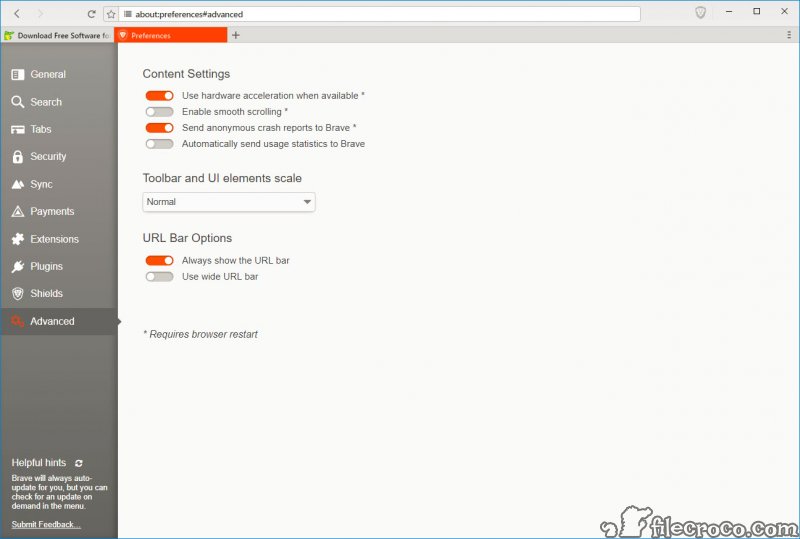

Websites can still track your IP address, operating system, your browsing behavior, and other details that they can use to identify you. At least not by itself.įor starters, Incognito Mode simply doesn’t save your browsing information. Incognito Mode won’t help you browse the internet anonymously.

However, that’s where most of the benefits stop. In practice, however, it doesn’t fully conceal your identity.Īt the very least, with Incognito Mode you don’t have to regularly delete your internet history, cookies, or temporary internet files. When you enable Incognito Mode, Google Chrome prevents sites from using tracking cookies and doesn’t record any browsing history. The term “incognito” means to conceal one’s identity. If you really want to be anonymous online, you’ll be far better off using a VPN service. We can already tell you that the incognito mode is not as anonymous as you might think.

There is always some information that websites can track, even if you’re in Incognito. Most people think that Incognito Mode is completely anonymous, but that’s obviously not true. It’s great for when you’re visiting sites that you don’t want others to know about, or when you’re accessing personal email or websites on a public computer where you don’t want to leave any history behind. First popularized by Google Chrome, Incognito Mode makes it easy to browse the web without recording any history or cookies. In the Shortcut tab you would see Target field with something like "C:\Program Files (x86)\BraveSoftware\Brave-Browser\Application\brave.The Incognito Mode or Private Browsing mode is a standard feature in every mainstream internet browser. In the popped out window go to the Shortcut tab Right click on it and in the dropdown menu go to Properties Locate your Browser shortcut (typically on your Desktop) I've seen this question on archived thread, which does not allow for new comments, but I still think it is relevant (especially given Brave focus on anonymity and growing popularity) and hence my 5sec instructable.


 0 kommentar(er)
0 kommentar(er)
